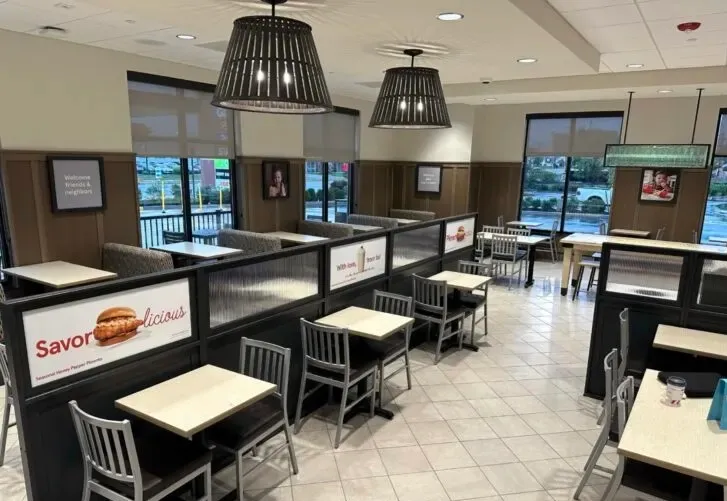Nobody Knows This! My Church Logo Isn't My Brand?


Tending your brand is so much deeper and wider than using your logo.
That’s because a brand is much, much more than a logo.
Look at the image below and tell me, do you recognize the brand it belongs to?

Of course you do!
But wait, there’s no logo to be found…
That’s because Chick Fil A doesn’t need to put their logo on everything for you to know it’s theirs.
The emotions and feelings they’ve created are more than enough to identify them.
This is done with interior design, photos, colors, textures, and font choices, which are a critical part of what we call “branding.”
The logo is the “tip of the spear” in a brand.
The logo is the “tip of the spear” in a brand, but the other branding elements, the “shaft of the spear” are what should be doing the heavy lifting.
They’ve curated a style that gives people a sense of joy, trust, and cleanliness.
Here’s the question:
Did Chick Fil A stumble upon their style of branding by accident?